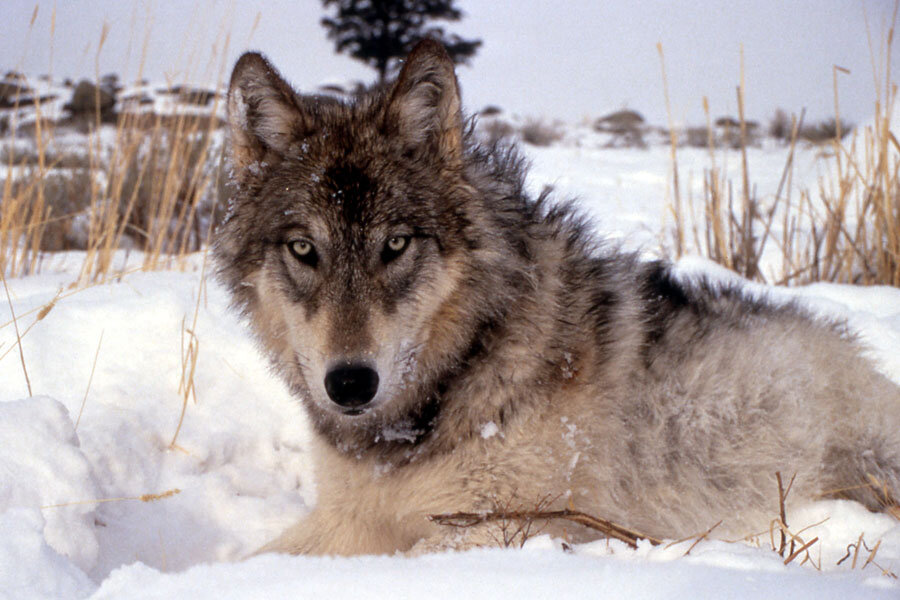Just 89 of these Alaskan wolves remain, but are they endangered?
Loading...
The US Fish and Wildlife Service (USFWS) announced Tuesday that Southeast Alaska's Alexander Archipelago wolf does not warrant protection under the Endangered Species Act (ESA), even though its population has seriously declined on the Prince of Wales Island.
The USFWS suggests in a November Species Status Assessment that the Alexander Archipelago wolf population occupying Prince of Wales Island declined by 75 percent between 1994 and 2014, from 356 to 89 individuals.
The agency identified a number of stresses impacting local populations, but “most of them have the potential to affect wolves indirectly, not directly.” Notable stresses included timber harvest, climate-related events, road development, and wolf hunting.
And while climate changes and timber clearing can limit the population of deer, the wolves’ main food source, wolf hunting is the only stressor with direct mortality. Road development may seem like an arbitrary stressor, but the USFWS says it gives hunters and trappers better access to wolf populations.
All of these stresses affect individual wolves either directly or indirectly, but the USFWS said in a Tuesday press release that the island wolves don’t qualify for ESA protection because “the population does not persist in an unusual or unique ecological setting; loss of the population would not result in a significant gap in the range; and the population does not differ markedly from other populations based on its genetic characteristics.”
But wildlife advocates say the USFWS is giving up on the Southeast Alaska wolves.
“We think the US Fish and Wildlife Service didn’t get it right and that they’ve overlooked some important things,” Larry Edwards, a Forest Campaigner with Greenpeace, told Alaska Public Media. “It’s very odd to us that the Fish and Wildlife Service acknowledges a 75 percent decline in the Prince of Wales wolf population and then basically writes that population off.”
The USFWS predicts the overall population of Alexander Archipelago wolves to be between 850 to 2,700 individuals, with approximately 62 percent living in British Columbia and 38 percent occupying southeastern Alaska. But advocates for Alexander Archipelago wolf protection under the ESA say the USFWS’s wide range estimates of population levels prove their lack of knowledge about the species’ actual status.
And in an indirect way, the USFWS has admitted to sacrificing this smaller wolf population.
“We do have concern for the wolf population on Prince of Wales Island,” Drew Crane, the Regional Endangered Species Coordinator at USFWS, told Maine News. “But Prince of Wales Island in general only constitutes six percent of the range-wide population of the Alexander Archipelago wolf.”
The USFWS predicts the current population of Alexander Archipelago wolves on Prince of Wales Island will continue to decrease by another eight to 14 percent over the next 30 years.
To some Alaska lawmakers, this sacrifice is just fine with them. If the USFWS had found the Alexander Archipelago wolf worthy of endangered species status, the listing process would have limited or entirely prevented timber sales in the Tongass National Forest, the largest national forest in the United States.
“…The attempt by some environmental groups to list the wolf seemed to be an effort solely to end the last of the remaining timber industry in Southeast Alasaka,” US Senator Lisa Murkowski (R) of Alaska, said in a press release Tuesday. “Fortunately, it did not work.”








